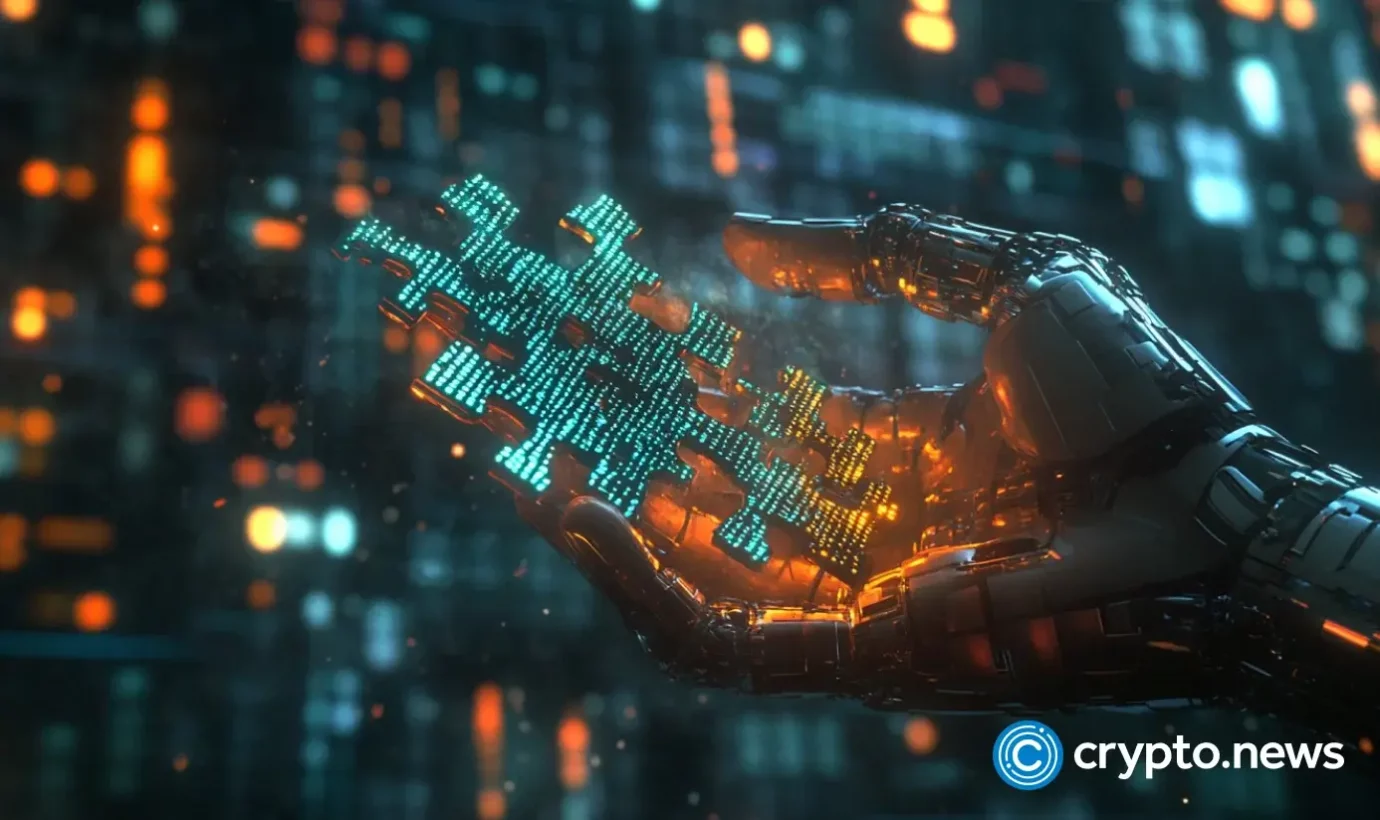For years, blockchain interoperability has been a buzzword and a top priority within the crypto and web3 industry. Despite numerous platforms, protocols, and projects dedicated to solving the lack of inter-blockchain communication, broad interoperability within the widening ecosystem remains out of reach.
Despite the up-and-down crypto price swings we’ve seen lately, the foundation of the digital assets sector, which includes blockchain, is much more mature, stable, and focused on solving real-world problems. We’ve also seen blockchain technology adoption within numerous industries, including supply chain management, where it’s improved efficiency by removing the need for multiple intermediaries through its transparent and traceable characteristics.
We can’t diminish blockchain’s progress over the last year or two, both within web3 and with its expansion to other industries such as real estate and healthcare. Despite advances in areas like decentralized finance, decentralized physical infrastructure networks, and tokenized real-world assets, how can we expect mainstream adoption if assets can’t be smoothly transferred between major blockchain networks like Solana (SOL) and Ethereum (ETH)?
Whether cross-chain bridges like Wormhole, layer-2 solutions like Arbitrum, interoperable-oriented blockchains like Polkadot (DOT), or interoperability protocols like Chainlink (LINK), each of these solutions tends to solve only one aspect of the problem.
Security vulnerabilities associated with cross-chain bridges and sidechains have been well-documented as they rely on complex smart contracts and often employ centralized custodians to hold funds during transfers. This creates a single point of failure that hackers can and have exploited. All we have to do is examine the Ronin Bridge hack from 2022, where a hacker ran off with about $625 million in crypto through a hacked private key, to understand the risk they pose.
Blockchains like Polkadot or Cosmos have implemented innovative and sophisticated mechanisms to try and solve the interoperability puzzle. However, Polkadot’s interoperability is limited to its ecosystem and isn’t scalable. Cosmos offers a bit more flexibility, but it suffers from security weaknesses and hasn’t fulfilled its mission of being the “Internet of Blockchains.”
The main issue with today’s limited blockchain interoperability is that it fragments the space into disparate ecosystems, essentially turning the industry into a growing number of isolated liquidity islands. Polkadot’s parachains can communicate with each other, but being able to transfer assets and data between blockchain networks such as Ethereum or Binance would be immensely more beneficial for the entire web3 space.
Solving this would enable seamless asset transfers by making it faster, cheaper, and more secure, even enhancing the utility of stablecoins, altcoins, and tokens across multiple chains. Furthermore, interoperability would greatly enhance the role of DeFi protocols by enabling the creation of unified liquidity pools, which would create deeper and more stable markets and reduce slippage in larger trades.
Breaking down these liquidity barriers doesn’t just equate to a smoother flow of funds and higher token values. It can also translate to reduced dependence on centralized exchanges, which essentially serve as risky bridges, improved scalability, a more user-friendly experience, and greater potential for innovation across web3.
While interoperability seems less and less a priority as other web3 developments and trends steal the headlines, there is still plenty of behind-the-scenes R&D taking place. Various projects are developing their own solutions, but there is no single framework that’s emerged as a universal standard.
Kima, for instance, represents one of the most promising interoperability protocols currently developing a solution to unify the entire blockchain ecosystem. As an asset-agnostic, peer-to-peer money transfer, and payment protocol, Kima has developed a flexible decentralized solution to move assets between blockchains without using smart contracts. Powered by its decentralized settlement layer, universal payment rail, and liquidity cloud, Kima has undergone three years of intense R&D as it prepares for its upcoming mainnet and token launches.
Kima has secured pre-launch support for all the major blockchains and is developing partnerships with a wide range of web3 and TradFi players because its protocol is also built to link digital assets with fiat systems like bank accounts and credit cards. By facilitating smooth transfers between fiat and crypto, Kima positions itself as a crucial infrastructure piece at the intersection of both DeFi and finance.
Fostering true blockchain interoperability is certainly a challenge, but progress is being made. It requires broad collaborations among competing networks and a commitment to a universal standard. Standardizing communication protocols, facilitating the highest degree of security, and maximizing decentralization are a good starting point. Continued investment in research along with a flourishing community of dedicated developers provides enough optimism that genuine interoperability is achievable.
Tổng hợp và chỉnh sửa: ThS Phạm Mạnh Cường
Theo Crypto News
